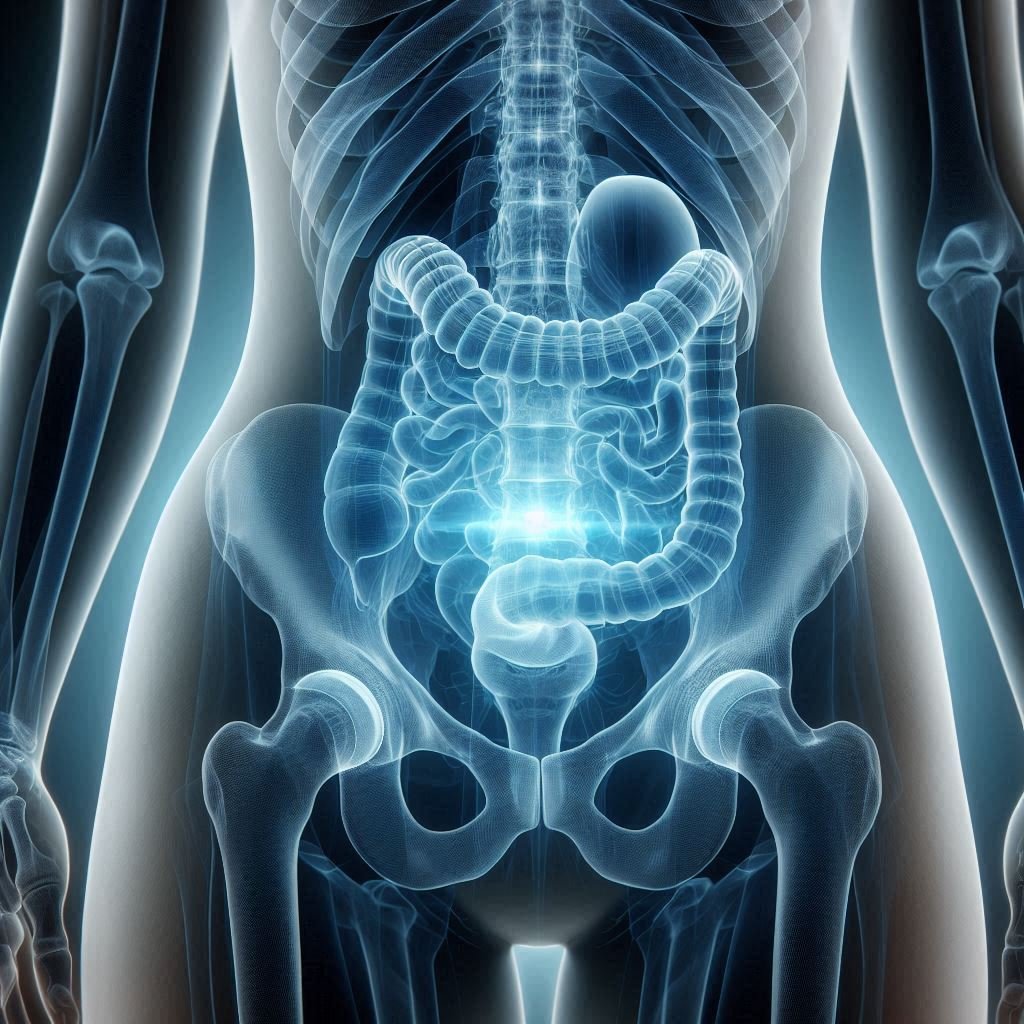
Endometriosis, a common yet often misunderstood gynecological condition, can sometimes lead to the development of ovarian cysts known as endometriomas, or “chocolate cysts.” These cysts get their name from their dark, tar-like appearance, caused by the accumulation of old, trapped blood within the ovary. Women experiencing this condition often endure significant pain and discomfort, which may interfere with their daily lives and overall well-being. The formation of chocolate cysts is closely linked to the growth of endometrial-like tissue outside the uterus, a hallmark of endometriosis, and this misplaced tissue responds to hormonal changes, leading to cyclical bleeding and inflammation.
While chocolate cysts are not cancerous, their presence can pose serious challenges, including chronic pelvic pain, painful menstrual cycles, and difficulties in conceiving. They are often discovered during routine pelvic examinations or imaging tests, such as ultrasounds, conducted for unrelated symptoms or concerns. Once identified, managing the condition requires a tailored approach, taking into account the severity of the symptoms, the size and location of the cysts, and the patient’s reproductive goals. Understanding the underlying causes and mechanisms of chocolate cyst formation is crucial for both effective treatment and improved quality of life for those affected.
What Causes Chocolate Cysts and Who Is at Risk?
The exact cause of chocolate cyst formation remains a subject of ongoing research and debate among medical professionals. However, the condition is predominantly linked to endometriosis, wherein the tissue that typically lines the uterus begins to grow outside it. This aberrant growth can affect the ovaries, leading to the entrapment of blood and the subsequent development of cysts over time. Hormonal fluctuations during the menstrual cycle play a significant role, as they stimulate the endometrial-like tissue to bleed, creating a cycle of inflammation, scarring, and cyst enlargement. Genetic predisposition and immune system abnormalities are also considered contributing factors, making some individuals more susceptible than others.
Risk factors associated with chocolate cysts include a family history of endometriosis, early onset of menstruation, and cycles characterized by heavy or prolonged bleeding. Women in their reproductive years, particularly those in their 20s to 40s, are most commonly affected. Additionally, lifestyle factors, such as high levels of stress and exposure to environmental toxins, may exacerbate the risk of developing endometriosis and its associated complications. Understanding these risk factors is vital for early detection and effective management, particularly for women who experience severe menstrual pain or difficulty conceiving.
Symptoms That Indicate the Presence of Chocolate Cysts
The symptoms of chocolate cysts often mimic those of general endometriosis, making diagnosis challenging without proper medical evaluation. One of the hallmark symptoms is chronic pelvic pain, which may worsen during menstruation or sexual intercourse. Women with chocolate cysts may also experience abdominal bloating, irregular menstrual cycles, or heavy bleeding, all of which can significantly impact their physical and emotional well-being. In some cases, these symptoms can be so debilitating that they interfere with daily activities, work responsibilities, and social interactions, leading to decreased quality of life.
Another notable symptom of chocolate cysts is infertility, which is often the primary reason women seek medical attention. The presence of these cysts can disrupt normal ovarian function, impair egg quality, and create a hostile environment for fertilization and implantation. Despite these challenges, some women with chocolate cysts may remain asymptomatic, with the condition only being detected during routine gynecological check-ups or fertility evaluations. Recognizing and addressing symptoms early is essential for preventing complications and optimizing treatment outcomes.
Treatment Options and Long-Term Management Strategies
The management of chocolate cysts involves a combination of medical and surgical approaches tailored to the individual’s symptoms, age, and reproductive aspirations. Hormonal therapies, such as oral contraceptives, gonadotropin-releasing hormone (GnRH) agonists, or progestins, are commonly used to suppress the activity of endometriosis and reduce the size of cysts. These medications can alleviate pain and slow the progression of the disease, but they are not curative. Pain management with nonsteroidal anti-inflammatory drugs (NSAIDs) may also be prescribed to provide symptomatic relief.
In cases where medical management is insufficient or fertility is compromised, surgical intervention may be necessary. Laparoscopic surgery is the gold standard for removing chocolate cysts while preserving ovarian function whenever possible. This minimally invasive procedure allows for precise excision of cysts and any associated endometrial tissue, reducing the risk of recurrence. For women who are not planning to conceive, more definitive options, such as oophorectomy or hysterectomy, may be considered. Regardless of the chosen treatment, regular follow-up care and lifestyle modifications, including stress management and a healthy diet, play a critical role in minimizing recurrence and improving overall quality of life.




